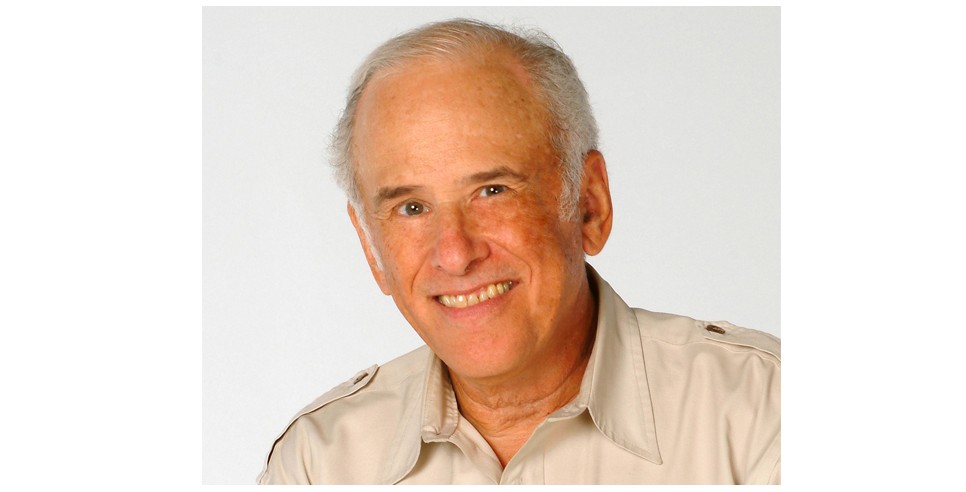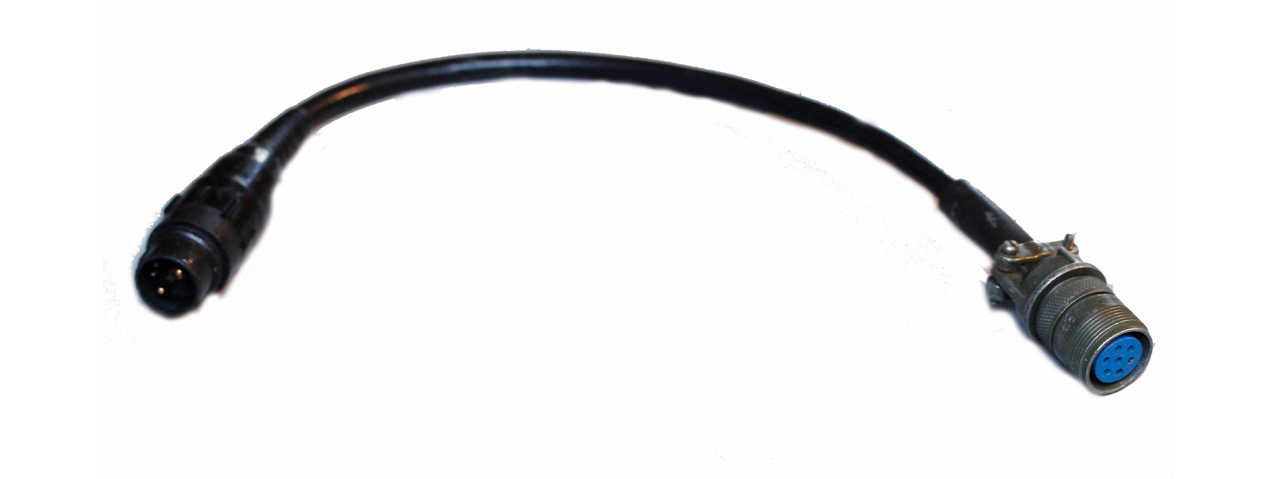
I was speaking to someone I've know since I became a professional photographer in the New York area who operates a small business that repairs photographic strobe equipment. Times are tough, he said, because these days it's cheaper and easier to toss what's broken and buy something new – and many of the old-time camera repair shops have permanently close their doors. These were places I learned about technologies that were advancing our industry. I always talked to the owners and repairmen to get updates on equipment and how it all worked.
One of the shops still around is the Flash Clinic, where owner Peter Lew has always taken time to educate customers. Peter's knowledge of the electronics in studio strobe units is simply the best. He's my go-to guy for any electronic flash unit, and has been for the last 40 years. He would put together a modified piece of equipment that would later be incorporated in new units offered by a manufacturer. For example, there were converter cables that we used to call "pigtails," which allowed one to use newer strobe lights on older model power packs, and vice-versa:

These kinds of modifications were extremely useful for photographers who didn't see the need to buy new lights every few years. Peter is still repairing some units that have lasted 30 years or more. Even though it may be nice to buy new power packs and flash heads, my philosophy is that light is light. It really doesn't matter where it comes from. The trick is how you use it. If Peter goes out of business, my only recourse if something breaks or if I need a specialized piece of equipment is to contact the manufacturer to fix the old item or make a new, specialized one. And, chances are, they're not going to manufacture just one of anything.
So, why are the old repair shops having trouble staying in business after years? There's only one answer: digital technology.
Once photographers get hold of innovative equipment, it isn't long before manufacturers follow the lead and develop new products. Now, Dynalite offers its own "pigtails," so Peter's modifications are no longer needed. Also, the advent of digital photography has greatly reduced the need for professional studios. Photographers can do most of their work on location, and if they need a "studio," there's always Photoshop!
Back in the days before digital photography, there used to be a large laboratory staff at the old Time Life Magazine labs in New York, and staff photographers who had assignments calling for innovative technology would ask these "scientists" if a piece of equipment could be custom manufactured. I remember an iconic photograph shot by Ralph Morse of the 100-yard dash at the Millrose Games in Madison Square Garden. With the help of the Time Life labs, he rigged up a series of strobe lights with infrared light beams that were triggered by the runners' movements. Today's photographers and photo-illustrators capture incredible digital images, but there isn't the same level of innovation with equipment. Innovation has become a solo effort on the part of the photographer, without the help of technicians.
Just as a number of my former clients have taken their need for photographs in-house, perhaps it's become a DIY world in terms of equipment as well. So, what's the future of repair shops? Will they become obsolete as manufacturers take innovations in-house? Or will they be able to survive in the do-it-yourself world? Whatever the future holds, it's certain that things will continue to change in our industry. We need to embrace the changes and come up with new innovations that create new opportunities to keep us relevant.
###









